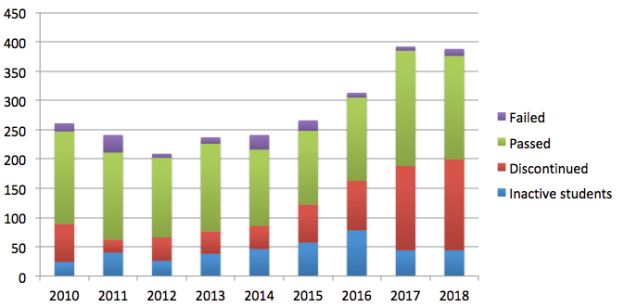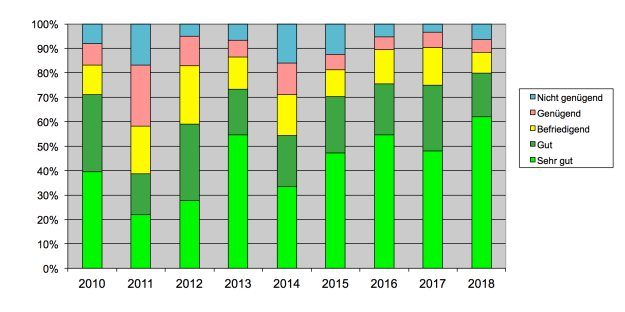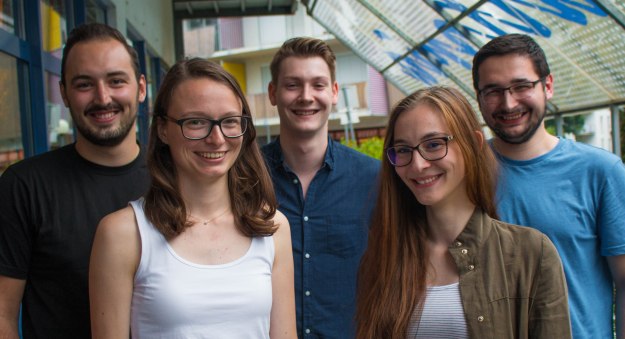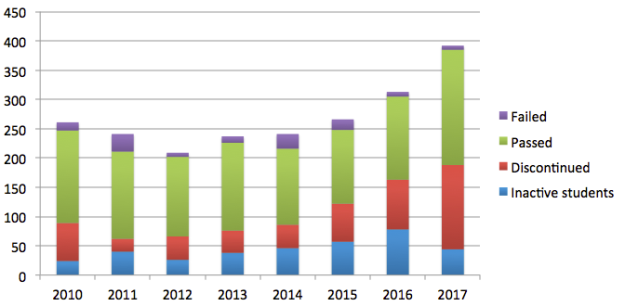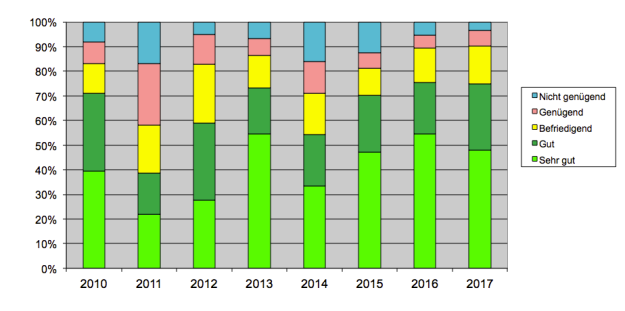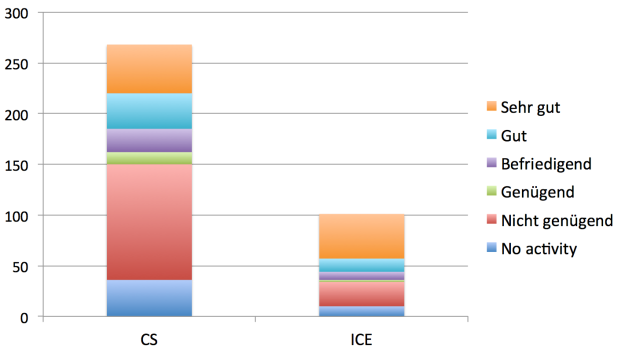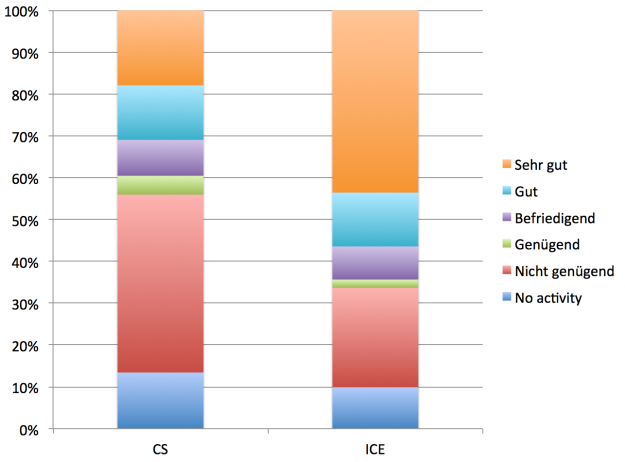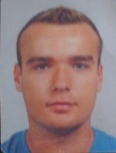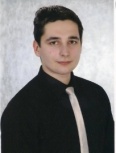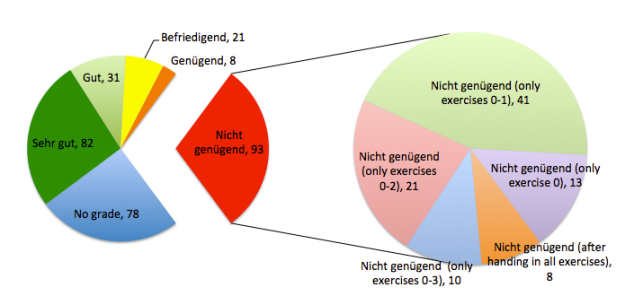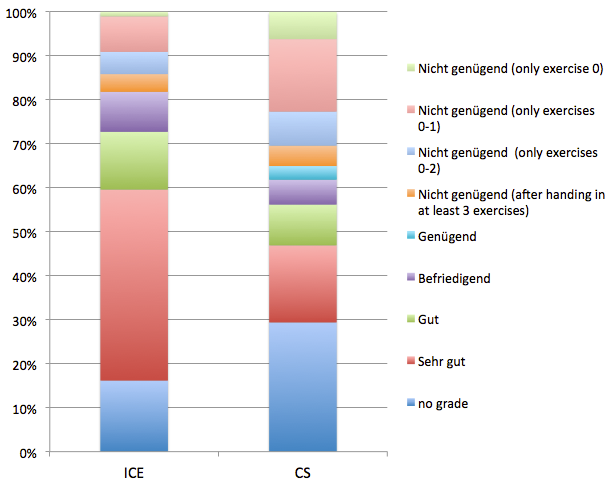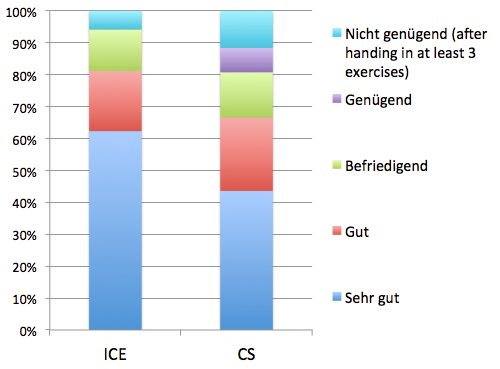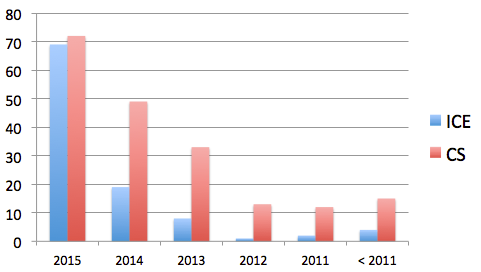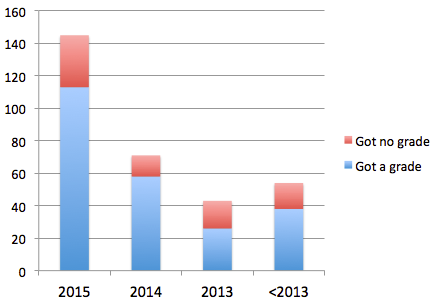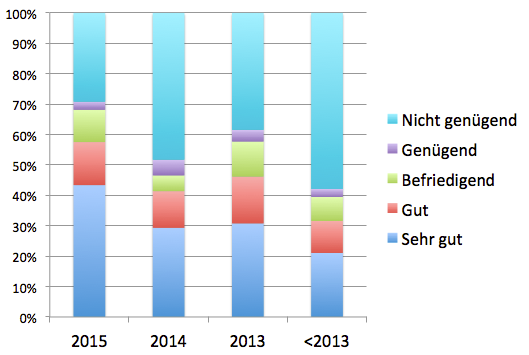In the course “Konstruktionsübung Rechnerorganisation” we get support from 5 teaching assistants. These teaching assistants offer weekly tutorials where you can get assistance for solving your assignments.
Attending the first “Tutorium” — we call it “Tutorium 0” — is compulsory for all registered students. We require you to meet your teaching assistant during the first week in the semester in class.
Check out the schedule for your “Tutorium 0” in TUGRAZonline; do not miss it.
If you have a just reason for not attending “Tutorium 0”, you are required to let us know before the “Tutorium 0” takes place. In this case, please send me (Karl.Posch@iaik.tugraz.at) and/or your teaching assistant a mail.
You will meet the teaching assistant at least two more times later in the course, when you present and defend your work within the two so-called “Abgabegespräche”.
In “Tutorium 0”, we ask you to decide whether you intend to attend all weekly tutorials or whether you do not want to attend at all. We do not want you to attend the meetings occasionally. Definitely not.
In case you initially decide to attend all meetings, and later figure out that you cannot attend, or do not want to attend any longer, you can drop out. No problem — just let us know by writing a
mail to me and your teaching assistant. However, this is a one-way move.
Why do we come up with such a seemingly harsh scheme?
There are several reasons for this:
(1)
First of all, the teaching assistants would like to work with a group in weekly meetings in a continuous and predictable manner. They would like to be sure that they talk to students who show continuous interest in the seminar-like meetings. With a mutual agreement between
motivated students and motivated teaching assistants to meet regularly, the overall result gets a lot better; this we draw from previous experience.
Thus, we do not want to have students attending weekly tutorials only occasionally — typically just before a deadline. Handling such emergency situations hinders a successful work with all others attending regularly.
(2)
We would like to educate you to learn “professional behavior”. An important aspect of this is that you learn to plan your immediate future. A typical time frame for a plan is the duration of a “project”. Consider this course as a project lasting for 15 weeks. In the beginning, you plan with your work partners how you intend to successfully work within this project.
Who are your partners? First of all, it is your “Tutoriumsgruppe”, led by your teaching assistant. Later, within assignment 4, you will more closely work together with your group members. Finally, I would also be part of this partnership.
(3)
I can imagine many reasons, why you would not want to attend the weekly meetings in your “Tutoriumsgruppe”. It could be that you have no time due to working in a company; it could be that you know all the material well enough and you therefore would just get bored in the weekly meetings. And there are many more reasons, I guess. In such a case, I would like you to decide in the beginning during “Tutorim 0” that you will not attend. Just tell your teaching assistant. That’s all. No problem.
Let me summarize:
I hope that with reading the text above you understand the rationale behind our thinking.
Finally, I wish you all possible success for working in our project “KU Rechnerorganisation” together with your class mates and your teaching assistant. I am sure that you will like the course, once you get going.
We see each other in class on Tuesday, 4th of March, 9:00 am. Don’t forget this either.
